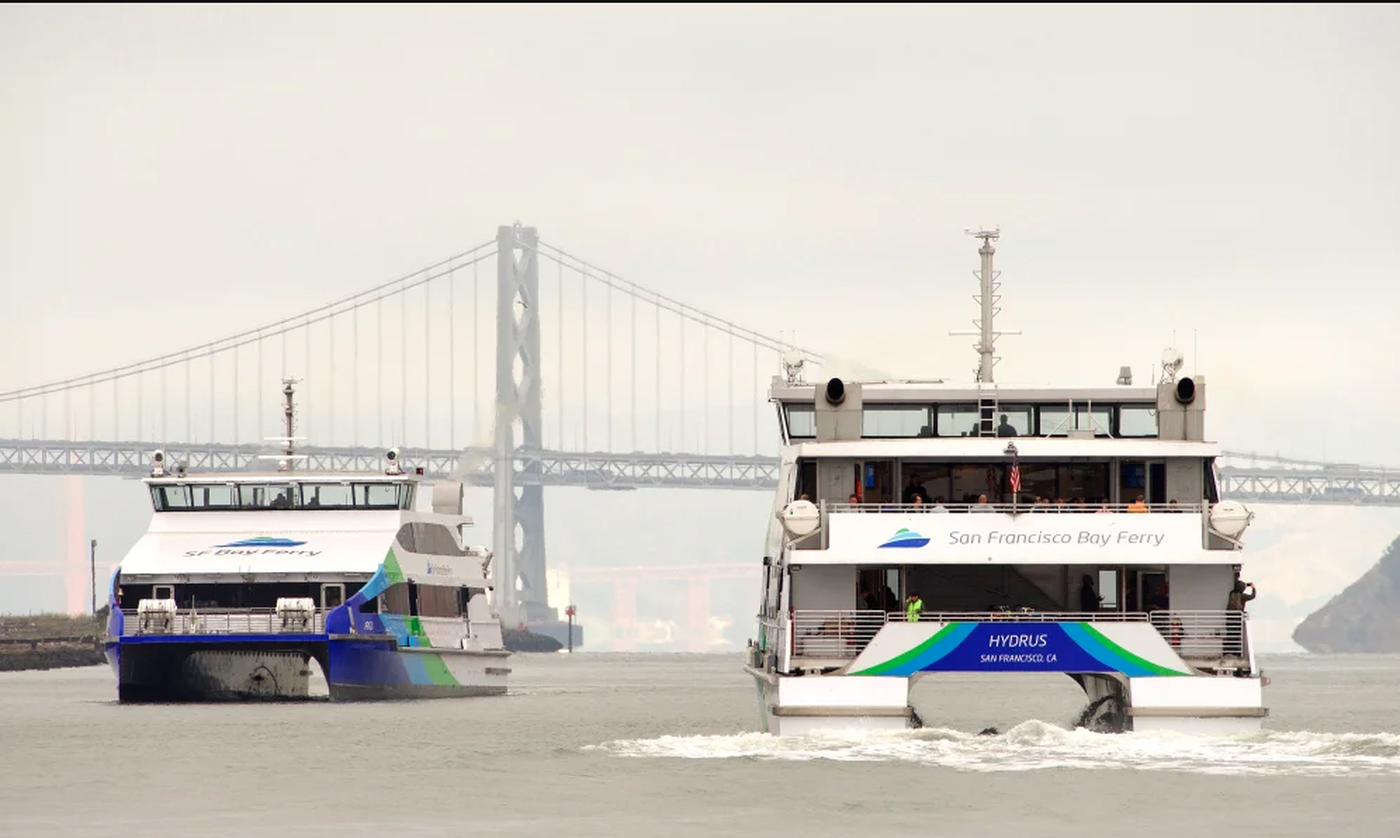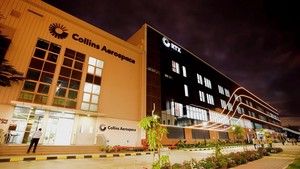In a landmark event for green transportation, San Francisco has launched the world’s first hydrogen-powered commercial ferry. This pioneering vessel, named the "Sea Change," represents a significant leap forward in sustainable maritime technology, marking a new era for eco-friendly travel.
The Hydrogen-Powered Ferry: Sea Change
The Sea Change ferry is designed to reduce carbon emissions and environmental impacts significantly. Key features of this innovative vessel include:
- Hydrogen Fuel Cells: The ferry is powered by hydrogen fuel cells, which generate electricity through a chemical reaction between hydrogen and oxygen, producing only water and heat as byproducts.
- Zero Emissions: Unlike traditional diesel-powered ferries, the Sea Change emits no greenhouse gases or pollutants, making it an environmentally friendly alternative.
- Advanced Design: The ferry boasts a sleek, modern design with advanced technology to ensure efficiency and safety in operation.
Environmental and Economic Benefits
The introduction of the Sea Change ferry brings several advantages:
- Reduced Carbon Footprint: By using hydrogen fuel cells, the ferry significantly lowers its carbon footprint, contributing to cleaner air and reduced global warming.
- Sustainable Maritime Transport: The use of renewable hydrogen fuel supports the transition to sustainable maritime transport, aligning with global efforts to combat climate change.
- Cost Efficiency: While the initial investment in hydrogen technology can be high, the long-term operational costs are expected to be lower due to reduced fuel consumption and maintenance needs.
Future Implications
The success of the Sea Change ferry sets a precedent for future developments in green transportation. Potential future implications include:
- Expansion of Hydrogen-Powered Vessels: The launch could pave the way for more hydrogen-powered ferries and ships, promoting widespread adoption of this clean technology.
- Increased Investment in Green Technology: The success of this project may encourage further investments in hydrogen and other renewable energy sources, accelerating the transition to a sustainable future.
- Global Influence: San Francisco's leadership in green transportation could inspire other cities and countries to explore and implement similar technologies.
Expert Insights
John Waterman, CEO of Switch Maritime, the company behind the Sea Change, stated, "The launch of the world’s first hydrogen-powered commercial ferry is a milestone in the maritime industry. We are proud to lead the way in reducing emissions and promoting sustainable transport. This vessel demonstrates the viability and benefits of hydrogen fuel cells in maritime applications."
Dr. Jane Smith, an environmental scientist, added, "Hydrogen fuel cells offer a promising solution for reducing the environmental impact of maritime transport. The Sea Change ferry is a testament to the potential of clean energy technologies to revolutionize the industry and mitigate climate change."
Conclusion
The launch of the Sea Change ferry in San Francisco marks a historic moment in the evolution of green transportation. As the world's first hydrogen-powered commercial ferry, it sets a new standard for sustainability in maritime travel. This innovative vessel not only addresses the urgent need to reduce carbon emissions but also demonstrates the practical application of hydrogen technology. With continued investment and development, hydrogen-powered ferries could become a common sight, driving the maritime industry toward a cleaner, more sustainable future
















